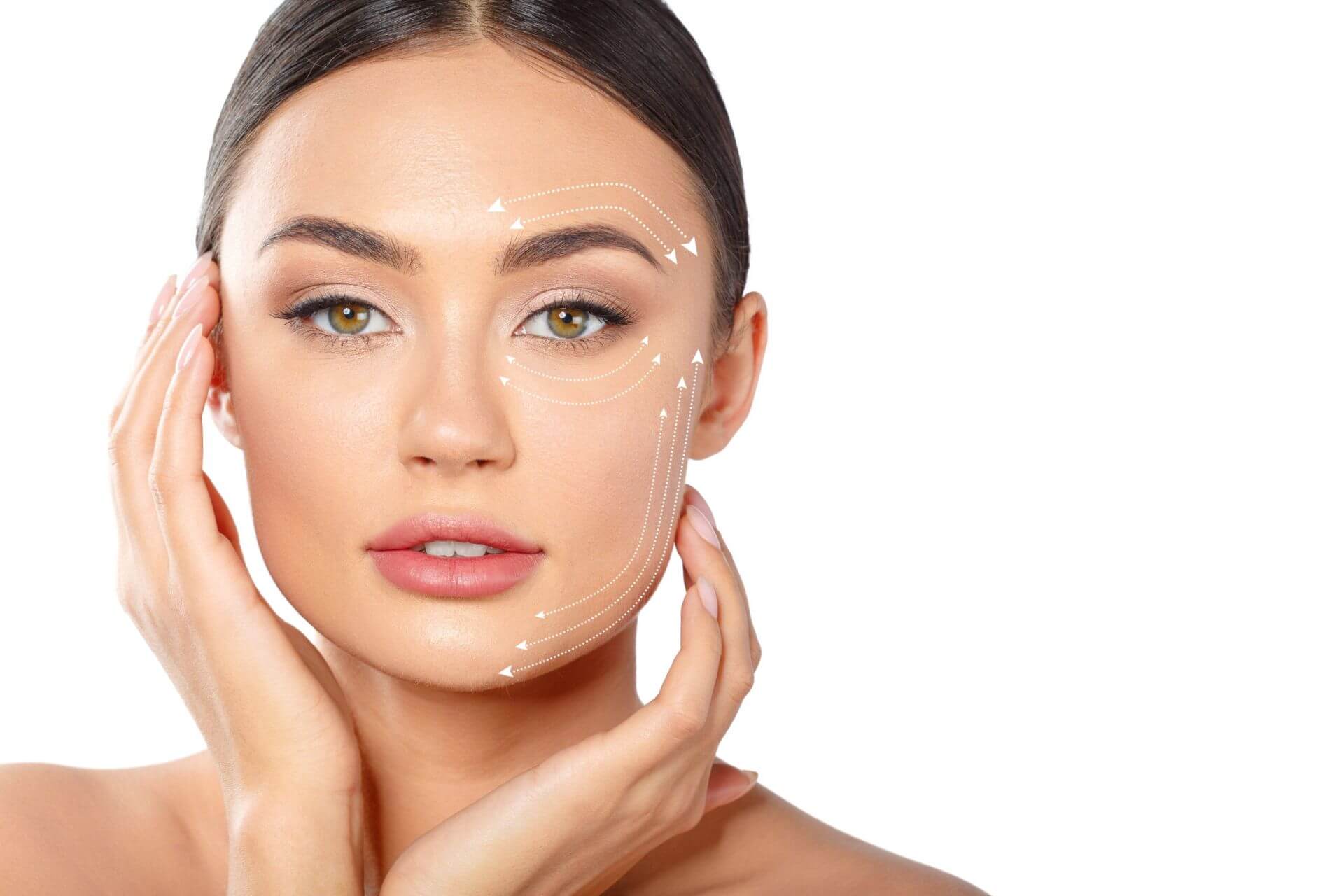Facelifts are one of the most common cosmetic surgeries in the US. A facelift procedure, or rhytidectomy, is a surgery that can help reduce and improve signs of aging in the face and neck, resulting in a more contoured, rejuvenated, and youthful look. Facelifts can smooth out creases and wrinkles in the skin, remove excess or saggy skin, and lift and tighten the skin on the face. Facelifts can turn back the clock on an aging appearance and can be performed in conjunction with other cosmetic procedures such as eyelid surgery, fillers, brow lifts, and even skin treatments.
What procedures can be done with a facelift?
Each facelift procedure is customized to the patient and their goals. While a facelift cannot stop aging all together, it can improve the contours and give a more youthful overall appearance. A mini facelift, which is less invasive than a traditional facelift, can lift wrinkles and sagging skin in the lower part of the face but cannot address excess or saggy skin. When determining if a facelift is right for you, it is best to talk to your doctor about your expectations and manage them realistically. Most health insurance does not provide coverage for facelift surgeries, so cost might be another factor for potential facelift candidates to consider.
Because facial plastic surgery involves anesthesia, it is often convenient to opt for several cosmetic procedures at once, which can enhance the results of a facelift. Choosing to have a few different procedures not only optimizes the effects of a facelift but results in only one recovery period. Procedures that can be done along with a facelift include:
· Upper and lower eyelid surgery
Eyelid surgery can rejuvenate the area surrounding the eyes. It can be done on the lower lids, upper lids, or both. This procedure can treat loose or saggy skin that disrupts the natural contour of the upper eyelid and fatty deposits in the eyelids that give the appearance of puffiness. Eyelid surgery can also address drooping eyelids and fine wrinkles in the lower eyelid.
· Brow lift
A brow or forehead lift can reduce horizontal wrinkles in the forehead and between the eyes. It can also lift up sagging brows that result in hooded upper eyelids.
· Facial implants
Facial implants are designed to enhance the physical structure and contours of your face. Chin implants can improve the appearance of a weak chin or a small, recessed chin. Increasing the size and projection of the chin can result in a more proportional appearance. Like a weak chin, a weak jaw can contribute to an unproportionate facial appearance and balance. Jaw implants can widen the lower part of the face, bringing it more into balance with the top of the face. Cheek implants can add volume to flat areas and strengthen cheekbones.
· Facial fillers or fat transfers
As we age, we lose volume and fat in the face. This causes the facial muscles to work more closely to the skin’s surface, resulting in wrinkles, creases, smile lines, and crow’s feet. Dermal fillers can fill in these lines and help restore lost volume and fullness. Lip fillers can plump up thin lips. Fillers in the cheeks can give a more balanced look to the face.
· Resurfacing techniques
Chemical peels and laser resurfacing can improve the appearance of fine lines and wrinkles in the face as well. These can also address scarring and pigmentation irregularities such as age spots and sunspots.
When it comes to determining which procedures to add on to your facelift, the choices can feel overwhelming. Communicating with your doctor is key. Your doctor can talk through your expectations and goals with you and develop a procedure plan that can help put your best face forward.




